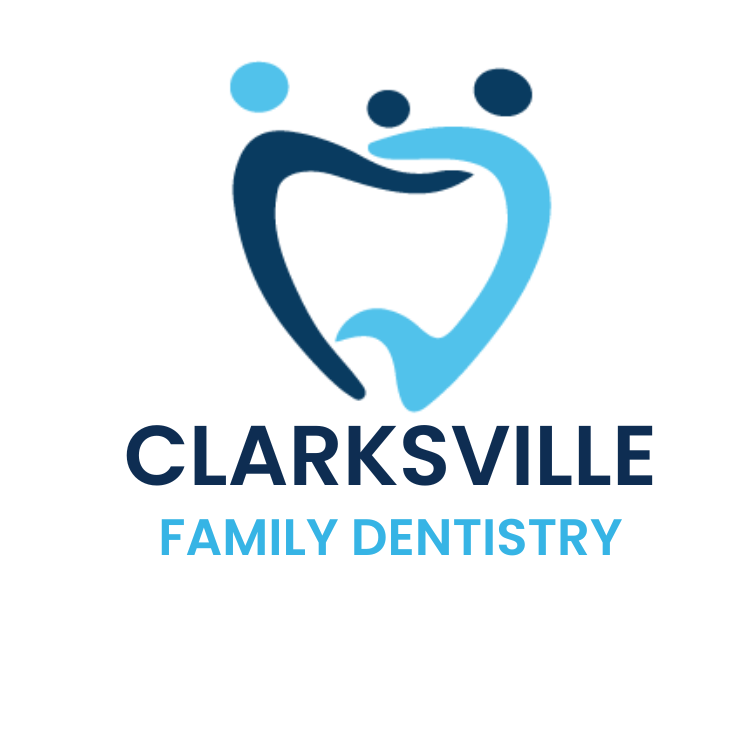
Everything You Should Know About Dental Sealants
Ensuring the longevity and functionality of your adult teeth requires proper oral care and regular dental check-ups. However, preventive dental treatments may be necessary along the way to fortify your oral health and uphold the functionality of your teeth. Dental sealants represent a common preventive measure, often recommended when the likelihood of tooth decay looms, particularly in childhood.
What Are Dental Sealants?
Dental sealants consist of a thin layer of plastic applied to the chewing surfaces of teeth, predominantly targeting back molars and premolars. Typically transparent or white in appearance, dental sealants remain inconspicuous during speech or eating. Their primary function is to shield teeth from harmful bacteria and acidic substances that can compromise enamel integrity, essentially forming a protective shell around the tooth.
Why Are Sealants Applied on Molars and Premolars?
Due to their posterior location, molars and premolars pose challenges in oral hygiene maintenance, especially for children. These teeth, characterized by tight interconnections and deep crevices, are predisposed to bacterial colonization and acid attacks, making them prime targets for decay. By applying dental sealants to molars and premolars, the risk of bacterial proliferation and subsequent enamel erosion is mitigated.
Who Can Benefit from Dental Sealants?
Dental sealants are advantageous for individuals with permanent molars and premolars, particularly susceptible to decay in the deep grooves and depressions. While commonly recommended for children and teenagers, adults with healthy molars and premolars may also derive benefits from sealant application. Dentists may suggest sealants as a preventive measure upon detecting deep depressions or grooves in children’s teeth, typically around the age of six or seven.
How Are Sealants Applied?
The process of applying dental sealants is straightforward and generally painless, requiring only a few minutes to complete. After thorough cleaning and drying of the teeth, an acidic solution is applied to roughen the tooth surface, facilitating optimal sealant adhesion. The liquid sealant is then carefully applied and allowed to solidify, forming a durable plastic coating. Additional techniques such as light curing may expedite the hardening process, ensuring a robust seal.
How Long Do Sealants Last?
With advancements in dental technology and research, dental sealants have demonstrated longevity, typically lasting up to ten years with proper care. Regular dental check-ups are essential to monitor sealant integrity and address any signs of wear or damage promptly. It is imperative to maintain regular oral hygiene practices, including brushing and flossing, to maximize sealant effectiveness.
Consultation and Maintenance
If you or your child exhibit characteristics conducive to dental sealant application, consult with your dentist to explore the suitability of this preventive measure. Routine dental appointments enable dentists to assess sealant condition and provide necessary maintenance, ensuring sustained oral health benefits.
Conclusion
Dental sealants serve as a valuable preventive tool in preserving oral health and safeguarding against tooth decay. By understanding the role and application of dental sealants, individuals can make informed decisions regarding their oral care regimen, promoting lasting dental well-being.
